Soviet cinema, often known for its political and social commentary, also explored themes of spirituality, introspection, and meditation. This curated list of 10 Soviet films offers a unique perspective on meditation, showcasing how these films delve into the human psyche, the search for inner peace, and the exploration of one's spiritual self. These films, with their official English dubbing or subtitles, provide a fascinating insight into the meditative practices and philosophical inquiries of the Soviet era, making them valuable for both film enthusiasts and those interested in meditative practices.
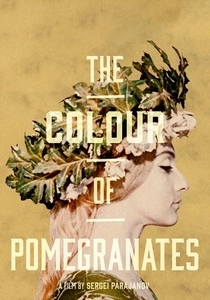
The Color of Pomegranates (1969)
Description: Directed by Sergei Parajanov, this film is a visual meditation on the life of Armenian poet Sayat-Nova, using a series of tableaux to explore themes of art, spirituality, and identity.
Fact: The film was heavily censored and edited by Soviet authorities, leading to Parajanov's arrest and imprisonment.
 Watch Now
Watch Now 
Solaris (1972)
Description: Another Tarkovsky masterpiece, Solaris delves into the human mind, memory, and the subconscious, offering a meditative exploration of identity and reality.
Fact: The film was shot in a specially constructed water tank to simulate the ocean of Solaris, and it was one of the most expensive Soviet films of its time.
 Watch Now
Watch Now 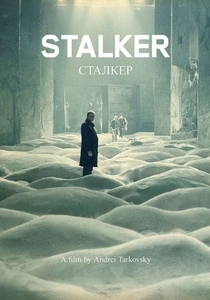
Stalker (1979)
Description: This film by Andrei Tarkovsky, while not explicitly about meditation, explores themes of existentialism, the search for meaning, and the journey into the unknown, which can be seen as a meditative quest for truth.
Fact: Tarkovsky's original vision was much longer, but the film was cut down significantly for release. The film's Zone was inspired by the Strugatsky brothers' novel "Roadside Picnic."
 Watch Now
Watch Now 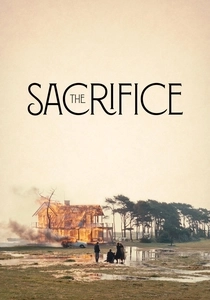
The Sacrifice (1986)
Description: Tarkovsky's final film, set in Sweden, explores themes of sacrifice, redemption, and the search for meaning, providing a meditative experience through its slow, deliberate pacing.
Fact: The film was shot in Sweden due to Tarkovsky's exile from the Soviet Union, and it was his last work before his death.
 Watch Now
Watch Now 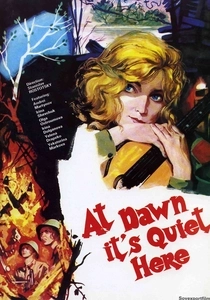
The Dawns Here Are Quiet (1972)
Description: While primarily a war film, it offers moments of quiet reflection and contemplation, making it a meditative piece on the human condition during conflict.
Fact: The film was adapted from a novel by Boris Vasilyev and became one of the most popular Soviet war films.
 Watch Now
Watch Now 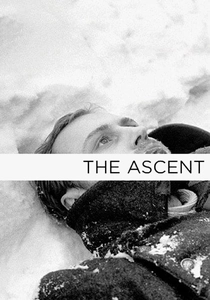
The Ascent (1977)
Description: Larisa Shepitko's film, set during WWII, focuses on the spiritual journey of two partisans, offering a meditative look at sacrifice, duty, and the human spirit.
Fact: Shepitko was one of the few female directors in Soviet cinema, and this film won the Golden Bear at the Berlin Film Festival.
 30 Days Free
30 Days Free 
The House I Live In (1957)
Description: This film by Lev Kulidzhanov explores the life of a man returning home after years away, reflecting on his past and the changes in his life, providing a meditative look at memory and time.
Fact: The film was adapted from a play by Leonid Leonov and was critically acclaimed for its introspective narrative.
 30 Days Free
30 Days Free 
The Mirror (1975)
Description: Tarkovsky's semi-autobiographical film is a meditative reflection on life, memory, and the passage of time, making it a profound cinematic meditation.
Fact: The film's non-linear narrative and dream-like sequences make it a challenging but rewarding watch, often requiring multiple viewings to fully appreciate.
 30 Days Free
30 Days Free 
The Passion According to Andrei (1966)
Description: This documentary by Tarkovsky about the life and work of Andrei Rublev, the medieval Russian icon painter, is a meditative exploration of art, faith, and history.
Fact: The film was initially banned in the Soviet Union for its religious themes and only released in
 30 Days Free
30 Days Free 
The Stationmaster (1972)
Description: Based on a story by Alexander Pushkin, this film by Sergei Solovyov delves into themes of love, loss, and introspection, offering a meditative narrative.
Fact: The film was part of a series of adaptations of Pushkin's works, showcasing the depth of Russian literature.
 30 Days Free
30 Days Free 








